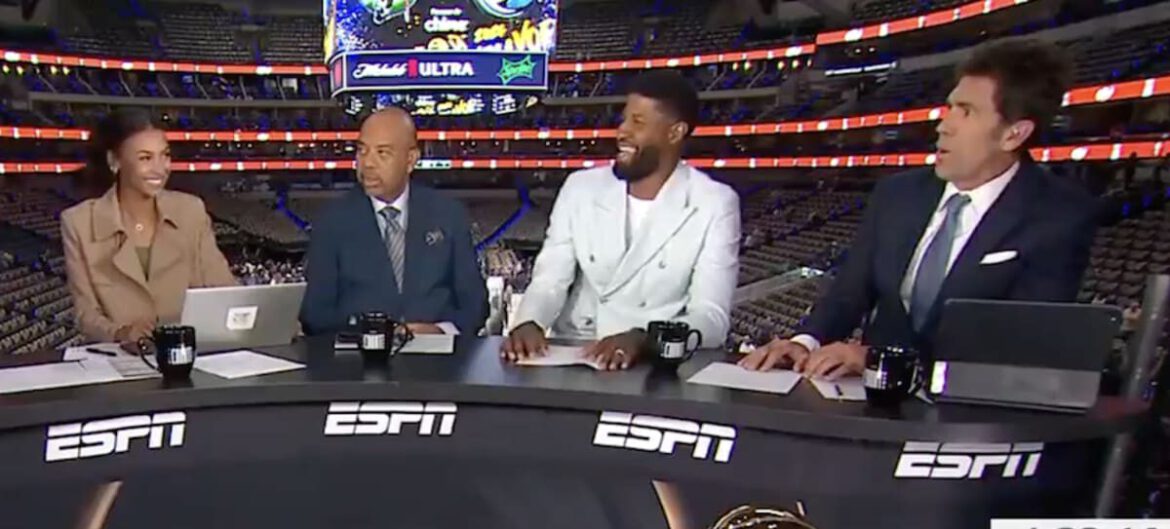As the buzzer sounded off the first half of Game 3, fans awaited ESPN’s halftime analysis, expecting at least somewhat insightful commentary and expert breakdowns. However, what unfolded was a brief interlude that left viewers wanting.
Returning from a commercial break, the ESPN crew had mere seconds to deliver their thoughts on the game’s first half. The analysis, which was expected to be a deeper dive into the strategies and performances, turned out to be a fleeting overview, hastily delivered before cutting back to yet another set of commercials.
ESPN’s Game 3 Halftime-Show was a disgrace! pic.twitter.com/PxVtnv1K2E
— OpenCourt-Basketball (@OpenCourtFB) June 14, 2024
Critics have pointed out that ESPN’s halftime show, particularly during Game 3, has been remarkably short, providing little time for the crew to dissect the game. The network’s approach has drawn comparisons to TNT’s “Inside The NBA,” renowned for its comprehensive and entertaining studio shows; in contrast, ESPN’s coverage feels truncated.
The halftime show’s brevity was made even more apparent with the addition of current players to the desk, further reducing the already limited time for analysis. This format has led to a series of quick takes that seem designed more for social media virality than for providing a substantial understanding of the game’s dynamics.
The Ringer’s Bryan Curtis described the halftime show as “20-second-long content nuggets positioned around commercials,” rather than a genuine attempt to engage with the game’s intricacies. The selection of topics for both the pregame and halftime shows appears to be driven by what would generate buzz online, rather than what would genuinely inform the viewers.
This approach raises questions about ESPN’s perception of its audience’s attention span and whether the network underestimates viewers’ desire for in-depth analysis, especially during the high stakes of the Finals. The conversation around the show’s structure suggests a belief that viewers are only capable of digesting bite-sized segments, a notion that many dedicated fans would dispute.
In the end, the halftime show’s format seems to be a missed opportunity for ESPN to deliver the quality sports journalism that fans crave. As the Finals continue, one can only hope that the network will adjust its strategy to provide the comprehensive coverage that such a significant event deserves.



